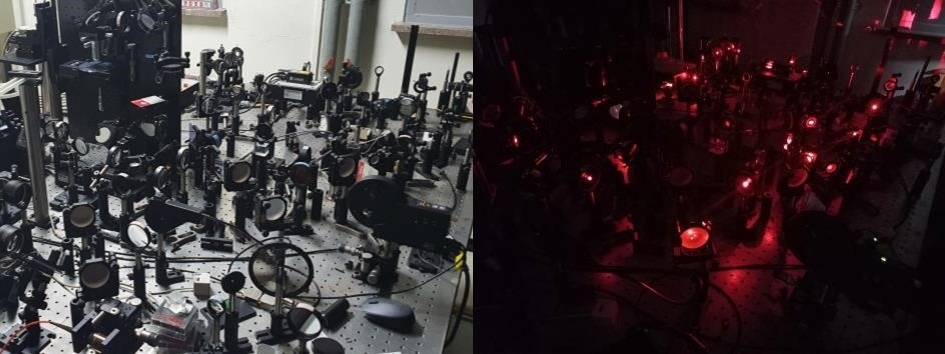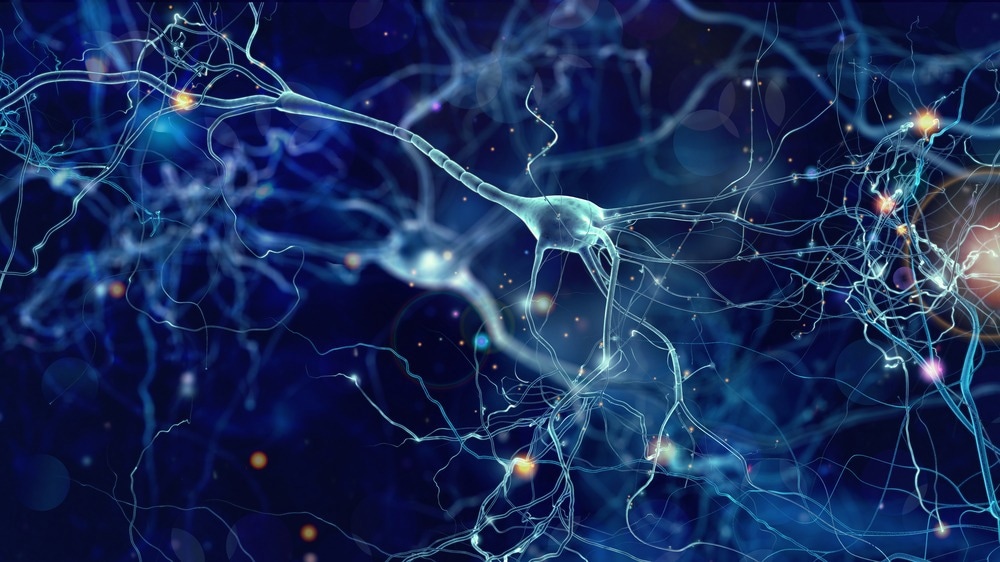Reviewed by Danielle Ellis, B.Sc.Sep 19 2022
Scientists headed by Associate Director Wonshik Choi of the Center for Molecular Spectroscopy and Dynamics in the Institute for Basic Science, Professor Kim Moonseok of The Catholic University of Korea, and Professor Myunghwan Choi of Seoul National University designed a new kind of holographic microscope.
 Super-depth 3D holographic microscope. Image credit: Institute for Basic Science
Super-depth 3D holographic microscope. Image credit: Institute for Basic Science
It is believed that the novel microscope can “see through” the intact skull and has the ability of the neural network’s high-resolution 3D imaging inside the brain of a living mouse without eliminating the skull.
*As a reference, an identical thickness and opacity are shared between a mouse skull and a human fingernail.

Image Credit: whitehoune/Shutterstock.com
It is important to A) offer enough light energy to the sample and B) precisely quantify the signal reflected from the target tissue to scrutinize the interior organs of a living creature with the use of light. Nevertheless, in living tissues, multiple scattering effects and extreme aberration happen as the light hits the cells, making it tough to attain sharp images.
In intricate structures like living tissue, the light goes through multiple scattering, causing the photons to aimlessly alter their direction many times as they move through the tissue. A substantial amount of the image information carried by the light becomes damaged due to this process. However, although it is a very negligible amount of reflected light, observing the features situated comparatively deep within the tissues is possible by correcting the wavefront distortion of the light reflected from the target that is needed to be observed.
The aforementioned multiple scattering effects, however, hamper this correction process. Thus, it is necessary to eliminate the multiple-scattered waves and enhance the ratio of the single-scattered waves to gain a high-resolution deep-tissue image.
In 2019, the IBS scientists built the high-speed time-resolved holographic microscope for the first time. It can remove multiple scattering and measure the phase of light and amplitude simultaneously. They employed this microscope to witness the live fish’s neural network without incisional surgery.
However, it was impossible to achieve a neural network image of the brain without thinning or removing the skull in the case of a mouse that has a thicker skull when compared to a fish. This was due to extreme light distortion and multiple scattering while the light travels across the bone structure.
The researchers managed to examine the interaction between light and matter quantitatively, enabling further improvements in their previous microscope. In this latest research, they stated the successful designing of a super-depth, 3D time-resolved holographic microscope that enables tissue observation to a higher depth than ever before.
In particular, the scientists developed an approach to favorably choose single-scattered waves by taking benefit of the fact that they have identical reflection waveforms even while the light is offered from different angles. This is performed by a complicated algorithm and a numerical function that examines the eigenmode of a medium (an exclusive wave that supplies light energy into a medium), enabling the outcomes of a resonance mode that increases constructive interference (interference that happens when the same phase waves overlap) among wavefronts of light.
This allowed the new microscope to concentrate over 80 times of light energy on the neural fibers than earlier while preferentially eliminating unwanted signals. This enabled the ratio of single-scattered waves and multiple-scattered waves to be increased by many orders of magnitude.
By observing the mouse brain, the team demonstrated its new technology. Even at a depth that was earlier impossible, the microscope can correct the wavefront distortion with the use of current technology. The new microscope is successful in achieving a high-resolution image of the neural network of the mouse brain within the skull. This was all attained in the visible wavelength without requiring a fluorescent label and without removing the mouse skull.
Professor Moonseok Kim and Dr. Yonghyeon Jo, who built the basis for the holographic microscope, stated, “When we first observed the optical resonance of complex media, our work received great attention from academia. From basic principles to practical application of observing the neural network beneath the mouse skull, we have opened a new way for brain neuroimaging convergent technology by combining the efforts of talented people in physics, life, and brain science.”
For a long time, our Center has developed super-depth bioimaging technology that applies physical principles. It is expected that our present finding will greatly contribute to the development of biomedical interdisciplinary research including neuroscience and the industry of precision metrology.”
Wonshik Choi, Associate Director, Institute of Basic Science
Source:
Journal reference:
Jo, Y., and Lee, Y-R. (2022) Through-skull brain imaging in vivo at visible wavelengths via dimensionality reduction adaptive-optical microscopy. Science Advances. doi.org/10.1126/sciadv.abo4366